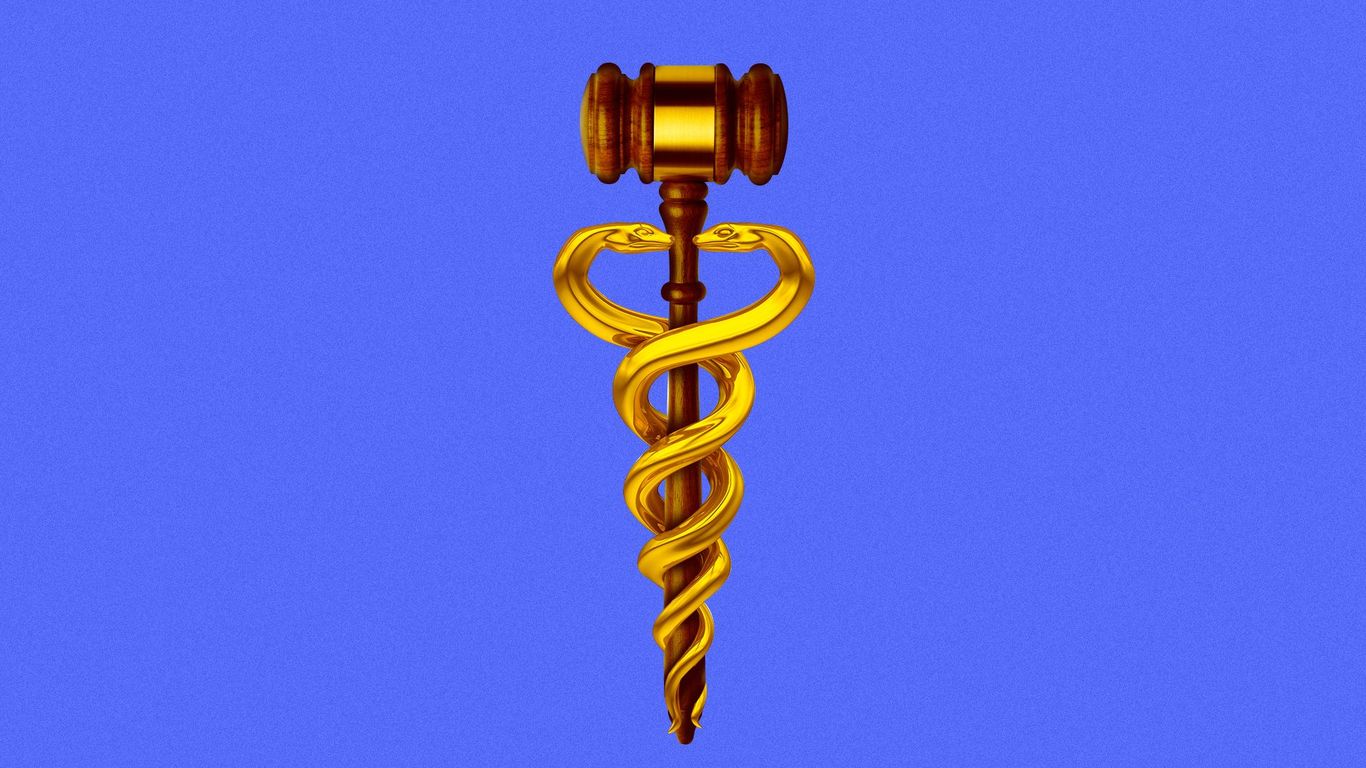Federal Health Websites Resurrected: Court Ruling Breaks Digital Blockade

In a sweeping digital transformation, numerous health agency websites and critical datasets have been systematically removed from public view, driven by recent executive directives targeting diversity, equity, and inclusion (DEI) initiatives and gender identity resources.
The widespread digital blackout has raised significant concerns among researchers, public health professionals, and advocacy groups who rely on these comprehensive information repositories. Websites that once served as vital sources of health-related data and guidance have been abruptly rendered inaccessible, creating a sudden information vacuum.
These removals appear to be part of a coordinated effort to reshape how government health agencies present and share information, reflecting broader policy shifts in how demographic and identity-related data are collected, interpreted, and disseminated.
The impact extends beyond mere website visibility, potentially disrupting ongoing research, public health tracking, and critical support resources for marginalized communities. Researchers and policy analysts are now scrambling to understand the full scope and implications of these sudden digital erasures.
As the landscape of public health information continues to evolve, the consequences of these removals remain to be fully understood, leaving many stakeholders uncertain about the future of accessible, comprehensive health data.

